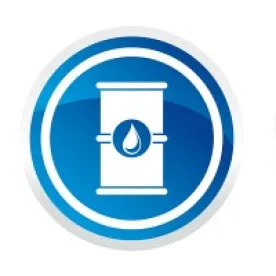Renewable energy will play an increasingly important role in the Middle East and North Africa (MENA) in the coming decades.
By 2020, up to 37 gigawatts of renewable energy are expected to come on line in the region and investments in renewables may reach US$50 billion. Underpinning these projections are government initiatives with significant visions for long-term growth.
The Kingdom of Saudi Arabia has committed US$109 billion to the development of 41 gigawatts of solar energy as part of a broader plan to deploy 54 gigawatts of clean energy by 2032. In Morocco, a US$9 billion solar-power project, accounting for 38 percent of country's installed power generation by 2020, is currently underway. Jordan has targeted 10 percent of power from renewable sources and expects to invest up to US$2.1 billion by 2020 while the Egyptian government will invest US$1billion in solar energy as it looks to increase the country’s share of renewables to 20 percent by 2020. Meanwhile, renewable energy investments in sub-Saharan Africa – particularly in South Africa, Kenya and Ethiopia – are expected to grow to more than US$7 billion by 2016.
The World Future Energy Summit (WFES) 2015, taking place in Abu Dhabi from 19 to 22 January, is set to attract government delegations from across MENA, emphasizing the importance of the event in fostering initiatives that address renewable energy issues. As a flagship event of Abu Dhabi Sustainability Week (ADSW), WFES is firmly placed as the gateway to maximize investment and ensure widespread adoption of renewable energy throughout MENA countries.
Key items on the WFES 2015 agenda, highlighting the region’s renewable energy investment potential, include: the UAE’s roadmap to a diversified energy future, the ambitious renewable-energy expansion plans underway in Saudi Arabia and Morocco’s transition from an energy importer to a net energy exporter.
Renewable energy, and solar energy in particular, have achieved political priority throughout most of the world. Developers have a variety of potential approaches and regional targets available to them in developing utility-scale renewable energy projects but chief among these regions is the Middle East, currently in the early stages of a major renewable initiative.




 />i
/>i

